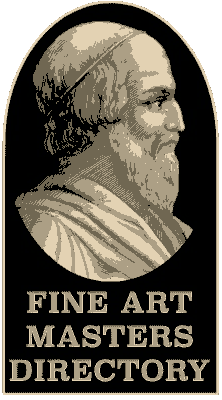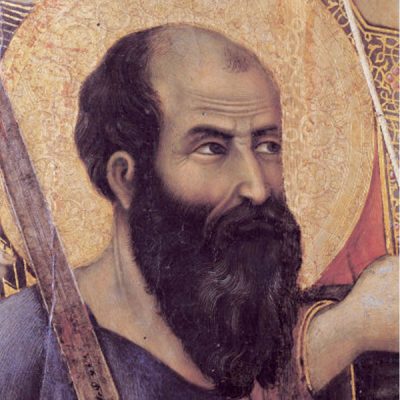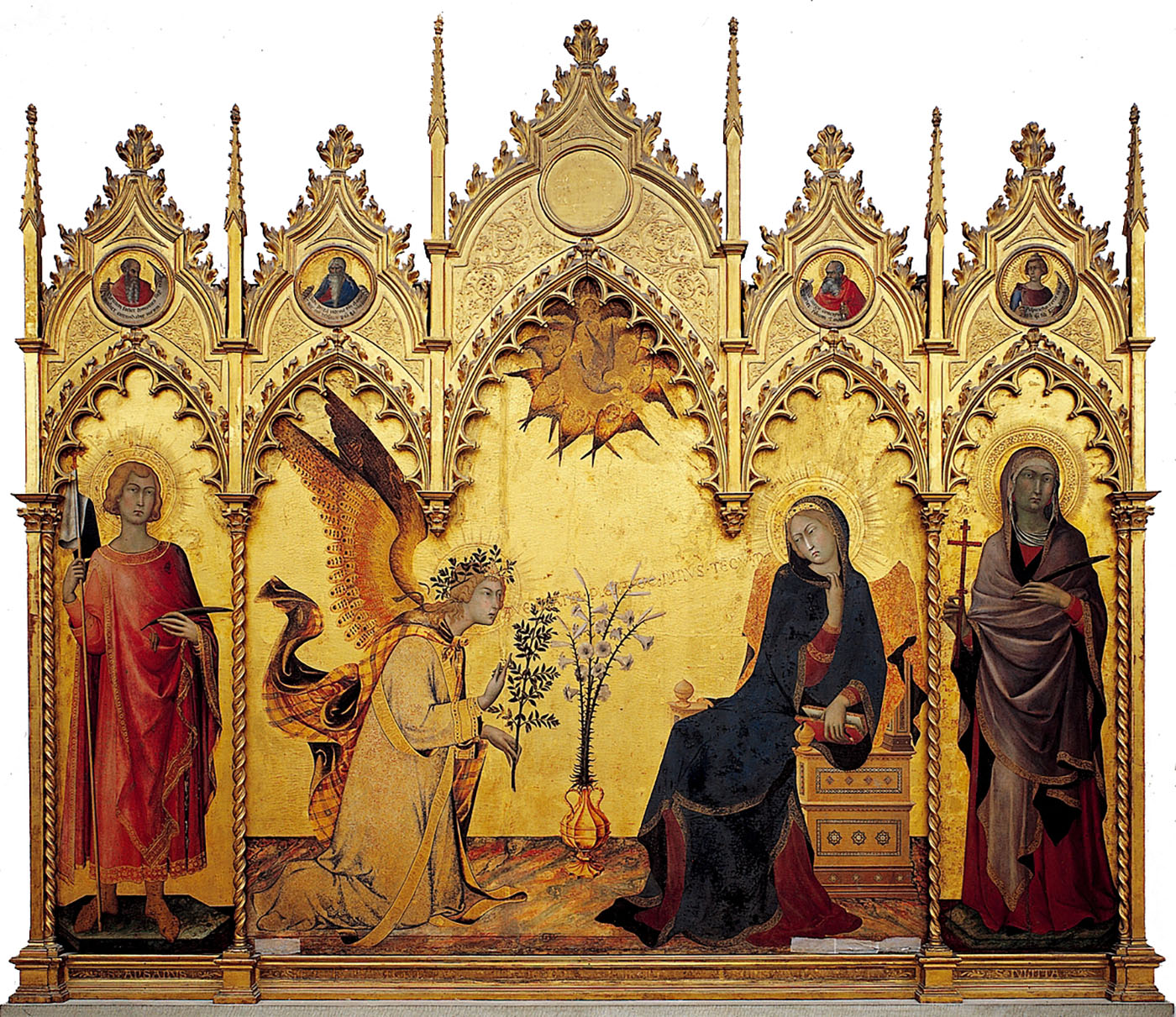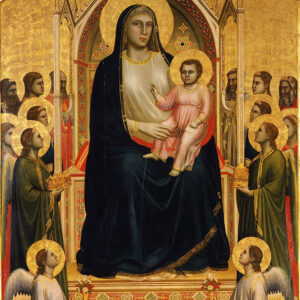Duccio di Buoninsegna (UK: /ˈduːtʃioʊ/ DOO-chee-oh,[1] Italian: [ˈduttʃo di ˌbwɔninˈseɲɲa]; c. 1255–1260 – c. 1318–1319) was an Italian painter active in Siena, Tuscany, in the late 13th and early 14th century. He was hired throughout his life to complete many important works in government and religious buildings around Italy. Duccio is considered one of the greatest Italian painters of the Middle Ages,[2] and is credited with creating the painting styles of Trecento and the Sienese school. He also contributed significantly to the Sienese Gothic style.
Where Duccio studied, and with whom, is still a matter of great debate, but by analyzing his style and technique art historians have been able to limit the field.[5] Many believe that he studied under Cimabue, while others think that maybe he had actually traveled to Constantinople himself and learned directly from a Byzantine master.
Little is known of his painting career prior to 1278, when at the age of 23 he is recorded as having painted twelve account book cases.[6] Although Duccio was active from 1268 to about 1311 only approximately 13 of his works survive today.[7]
Of Duccio’s surviving works, only two can be definitively dated. Both were major public commissions:[8] the “Rucellai Madonna” (Galleria degli Uffizi), commissioned in April 1285 by the Compagnia del Laudesi di Maria Vergine for a chapel in Santa Maria Novella in Florence; and the Maestà commissioned for the high altar of Siena Cathedral in 1308, which Duccio completed by June 1311.[9]



















